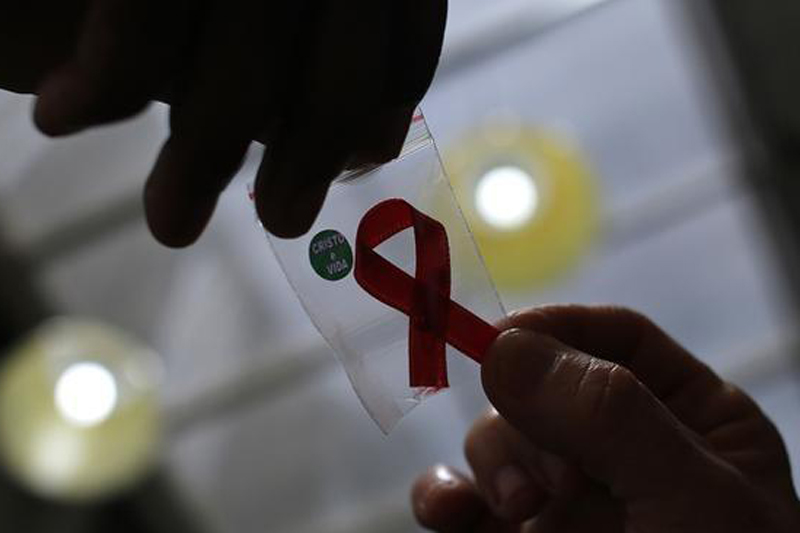Need to prevent perinatal HIV transmission
Kathmandu, December 6
Rama (name changed) gave birth to a child at her home one-and-a-half months ago. She never had enough money to visit a hospital for antenatal check-up during her pregnancy.
Almost 45 days later, she started to faint repeatedly. Her child too developed health problems. The mother and her child were then taken to a zonal hospital from where they were referred to Sukraraj Tropical and Infectious Disease Hospital in Kathmandu. Both the mother and the child tested positive for HIV recently. The mother and the child are still in the hospital receiving treatment.
Lack of awareness and education about HIV/AIDS, poverty, late diagnosis of HIV/AIDS and no antenatal check-up visits during pregnancy, delivery of child at home are some of the hurdles in prevention of mother to child transmission of HIV in Nepal, say health practitioners.
As per data provided by National Centre for AIDS and STD Control, a total of 267,321 women have tested positive for HIV during antenatal check-up and labour. From among the tests, 45 women have been tested positive with HIV. A total of 69 babies have received prophylaxis from January 2019 to July 2019.
Though the country aims to bring the number of mother-to-child transmission of HIV to zero by 2025, it seems to be a daunting task.
“If we are to decrease the number of mother-to-child transmission of HIV, all deliveries should be conducted in hospital and/or health facilities where HIV testing facilities are available,” said Dr Anup Bastola, consultant tropical medicine physician and HIV specialist at STIDH.
According to Nepal Demographic Health Survey, 57 per cent of births were delivered in health facilities. Eighty-four per cent of women who gave birth in the five years before the survey received antenatal care from a skilled health worker, a 25-per cent increase from 2011. Sixty-nine per cent of women had at least four antenatal care visits.
“If we are to decrease the number of mother-to-child HIV transmission, health education and health seeking behaviour is necessary. Poverty should be alleviated and education should be provided. Antenatal check-up is a must,” he said.
Madan Kumar Shrestha, senior public health administrator at National Centre for AIDS and STD Control, said, “We are extending HIV testing and counseling programmes. There are such counseling centres in 175 areas across the country. We are trying to extend it so that the number of mother-to-child transmission be prevented and brought to zero by 2025.”
Nepal has ensured that 31,020 people living with HIV have access to treatment through meeting the 90–90–90 targets by 2020.
By 2020, 90 per cent of all people living with HIV should know their status, 90 per cent of all people infected with HIV should receive sustained antiretroviral therapy, and 90 per cent of all people receiving antiretroviral therapy should have viral suppression.
A total of 29,944 people are estimated to be living with HIV in Nepal, according to NCASC.
Increasing the level of general knowledge about transmission of HIV from mother to child and reducing the risk of transmission using antiretroviral drugs are critical in reducing mother-to-child transmission of HIV, according to NCASC.






